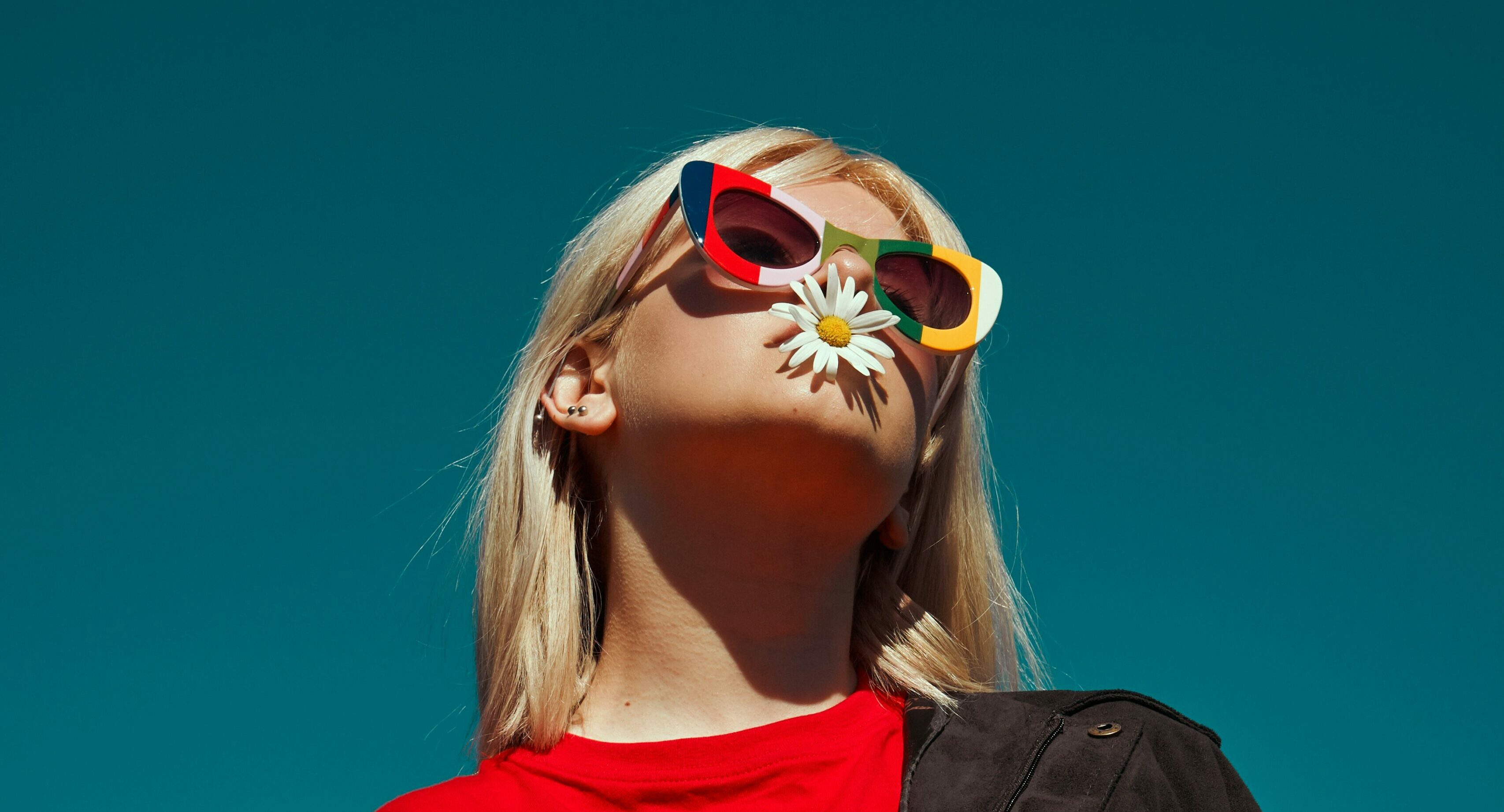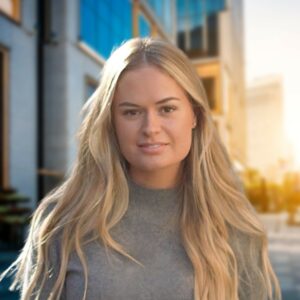The influencer and creator economy is rapidly professionalising and M&A activity is heating up as agencies, platforms and investors race to stake their claim.
Global networks lead the charge
Publicis has been the most active buyer in recent months, acquiring a trio of influencer-focused businesses including Influential, Captiv8, and BR Media in Brazil. The strategy is clear: build out tech-enabled capabilities that give clients smarter, faster, more targeted access to creator-led campaigns.
Challenger networks making moves
It’s not just the holding companies. Challenger groups like SAMY are also scaling through acquisition – snapping up German agency Intermate and digital studio Content Lab to deepen their creator-led proposition.
We’ve also seen notable interest from UK mid-market PE: GCP’s investment into Coolr, and Literacy Capital’s backing of Campfire, both point to a growing recognition of the commercial opportunity in social-first creative agencies.
At WY, we’ve advised on two significant deals in this space: Wilderness’ sale to Havas, and Brave Bison’s acquisition of Social Chain – both further evidence of convergence between traditional agencies and creator-native businesses.
Creator tech is emerging fast
Tech platforms that enable, streamline or analyse creator campaigns are in high demand. Publicis’ recent acquisitions of Influential and Captiv8, reflect this; with significant multiples on offer for those companies that can demonstrate a clear pathway to profitability. Elsewhere, Upfluence offers native AI messaging tools and creator profile analysis via JaceAI, while platforms like Komi are gaining traction by aggregating creator channels into one platform for easy brand access and their ability to collect first party data.
Influencers themselves are innovating too – Grace Beverley’s Retrograde, which builds AI agents for creators, recently raised £2m in funding led by Elkstone.
Why the sudden surge?
As more brands prioritise the creator economy – Unilever now allocates 50% of its ad budget to social – both networks and investors are repositioning to capture that growth. AI’s rise has made authentic, creator-led content even more valuable as a tool for differentiation and brand resonance.
On top of that, the booming market for influencer-founded products – from Kylie Minogue’s rosé to George Clooney’s tequila – has added another commercial dimension to the space. One of the most notable recent examples is Hailey Bieber’s Rhode, acquired by Elf Beauty (read more about this deal here).
What’s driving valuations?
Influencer agencies are seeing strong buyer interest, with valuations reflecting their scale, growth trajectory, and tech capabilities. As is to be expected, larger, tech-enabled or high-growth players are commanding higher multiples than smaller, sub-scale businesses. Publicis has been particularly active, paying notable premiums as it pivots towards tech and content-led growth, in contrast with more cautious peers like WPP, Dentsu and IPG.
What are buyers looking for?
Strong profit margins remain crucial – especially given that influencer platforms traditionally don’t benefit from the same sticky recurring revenue as, more traditional “mission critical” SaaS products (although this is starting to change as brands become more attuned to the necessity to optimise their creator-led marketing). Tech-enabled platforms will continue to command premium multiples, but sustainable profitability is now a core filter for acquirers.
If you have any questions on this article or would like to chat about your upcoming M&A plans, please get in touch at hello@wypartners.com.



